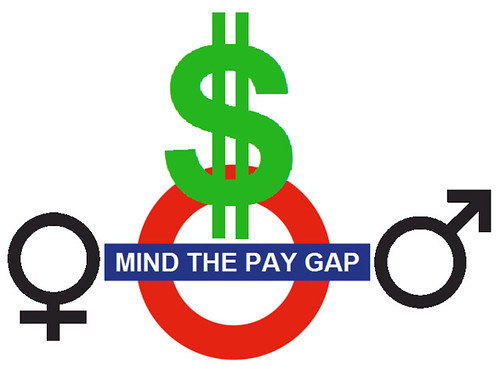We’ve spoken about the gender pay gap in a previous blog not so long ago, but this prickly subject has reared its ugly head again, with almost every major news outlet reporting the latest figures.
These figures make grim reading, especially if you’re female and working. Research published by the Resolution Foundation shows women are continuing to earn significantly less than their male counterparts, with the gap peaking at around 9% as they enter their thirties. And as women progress through the next few decades, their salaries will tend to plateau while male workers typically experience income growth.
But it’s not all doom and gloom. The current millennial working generation (those born between 1981 and 2000) are closing the gap to around 5% in their twenties compared to the 16% their baby boomer parents faced before they hit the 9% mentioned above (female baby boomers typically experienced a 34% difference in their forties).
The reasons usually given for these pay gaps is having children. Baby boomer women born between 1945 and 1965 took maternity leave to look after their kids and would often return part-time, if at all, meaning they’d miss out on promotions or pay rises given to their husbands and partners. It was a choice between work and raising a family. Employers favoured men over women too for positions of importance as they’d be far less likely to take time off for long periods of childcare.
Things are changing now thankfully. Companies are required by law to give male workers the chance to share the childcare equally and new dads can request long-periods of paternity leave. It’s designed to make it easier to look after children and create a more level playing field for men and women.
And while it’s great that things are on the up, there’s still room for improvement. Only around 5% of men have actively taken up the offer of shared parental leave according to the Chartered Institute of Personnel and Development, since it was introduced in 2015. Increasing these figures is where a serious cultural change comes in.
In most organisations, it’s likely most of – if not all of – male employees are even aware of the new legislation around time off for childcare. And if they are aware, they’re probably unsure how they go about getting it. Plus, there’ll also be a population of dads who are scared of what their male colleagues will think about them taking time off to look after children.
The only way to combat these issues is to create a culture in organisations where all potential parents know exactly what rights they’re entitled to, and how to take advantage of them. Managers and HR departments also need to be aware of these regulations too, and make mothers and fathers feel equally comfortable asking for shared parental leave.
Changing culture is never easy. Neither is closing the gender pay gap. But making a few changes to your organisation could help make things better for future generations of parents and create an environment where all employees can have a family and a career if they want to.
[optin title=”Are you working towards zero gender pay gap in your organisation?” border=”true” text=”We’d love to hear your challenges surrounding this issue. Please enter your details below for a free and confidential chat” buttontext=”Submit” successMessage=”Message has been submitted successfully.” errorMessage=”Failed to send your message. Please try later.” invalidEmailMessage=”Your email address does not appear valid.” collectfirstname=”true” collectlastname=”true” collectphone=”true” collectcompany=”true” image=”http://www.justlibra.com/wp-content/uploads/2017/01/gender-pay-gap.jpg”]









